Masashi Shibata
cmaes : A Simple yet Practical Python Library for CMA-ES
Feb 02, 2024Abstract:The covariance matrix adaptation evolution strategy (CMA-ES) has been highly effective in black-box continuous optimization, as demonstrated by its success in both benchmark problems and various real-world applications. To address the need for an accessible yet potent tool in this domain, we developed cmaes, a simple and practical Python library for CMA-ES. cmaes is characterized by its simplicity, offering intuitive use and high code readability. This makes it suitable for quickly using CMA-ES, as well as for educational purposes and seamless integration into other libraries. Despite its simplistic design, cmaes maintains enhanced functionality. It incorporates recent advancements in CMA-ES, such as learning rate adaptation for challenging scenarios, transfer learning, and mixed-integer optimization capabilities. These advanced features are accessible through a user-friendly API, ensuring that cmaes can be easily adopted in practical applications. We regard cmaes as the first choice for a Python CMA-ES library among practitioners. The software is available under the MIT license at https://github.com/CyberAgentAILab/cmaes.
A Real-World Implementation of Unbiased Lift-based Bidding System
Feb 23, 2022
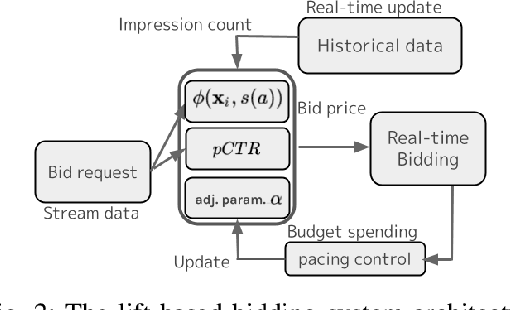
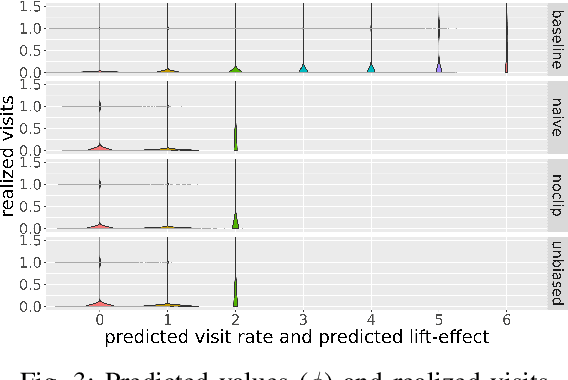
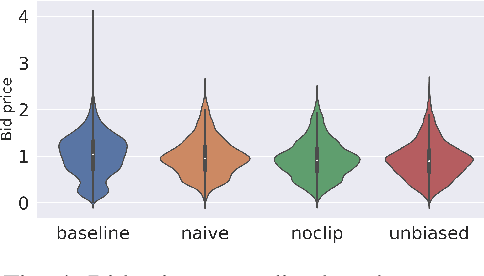
Abstract:In display ad auctions of Real-Time Bid-ding (RTB), a typical Demand-Side Platform (DSP)bids based on the predicted probability of click and conversion right after an ad impression. Recent studies find such a strategy is suboptimal and propose a better bidding strategy named lift-based bidding.Lift-based bidding simply bids the price according to the lift effect of the ad impression and achieves maximization of target metrics such as sales. Despiteits superiority, lift-based bidding has not yet been widely accepted in the advertising industry. For one reason, lift-based bidding is less profitable for DSP providers under the current billing rule. Second, thepractical usefulness of lift-based bidding is not widely understood in the online advertising industry due to the lack of a comprehensive investigation of its impact.We here propose a practically-implementable lift-based bidding system that perfectly fits the current billing rules. We conduct extensive experiments usinga real-world advertising campaign and examine the performance under various settings. We find that lift-based bidding, especially unbiased lift-based bidding is most profitable for both DSP providers and advertisers. Our ablation study highlights that lift-based bidding has a good property for currently dominant first price auctions. The results will motivate the online
A Feedback Shift Correction in Predicting Conversion Rates under Delayed Feedback
Feb 06, 2020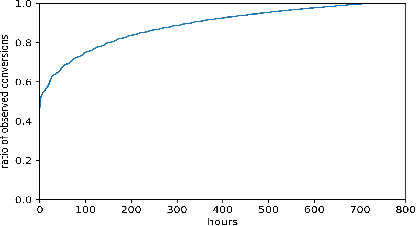

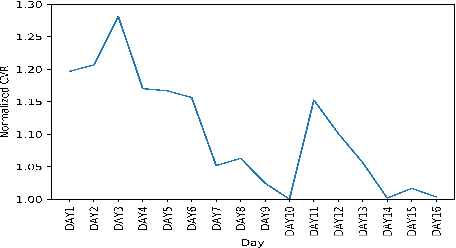
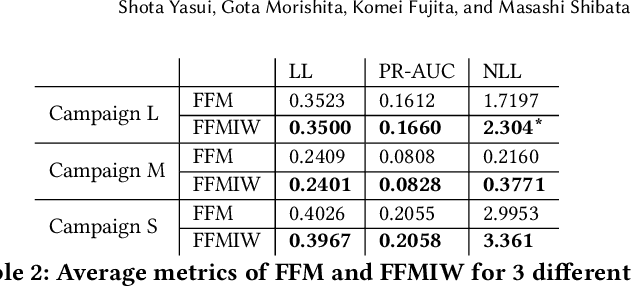
Abstract:In display advertising, predicting the conversion rate, that is, the probability that a user takes a predefined action on an advertiser's website, such as purchasing goods is fundamental in estimating the value of displaying the advertisement. However, there is a relatively long time delay between a click and its resultant conversion. Because of the delayed feedback, some positive instances at the training period are labeled as negative because some conversions have not yet occurred when training data are gathered. As a result, the conditional label distributions differ between the training data and the production environment. This situation is referred to as a feedback shift. We address this problem by using an importance weight approach typically used for covariate shift correction. We prove its consistency for the feedback shift. Results in both offline and online experiments show that our proposed method outperforms the existing method.
 Add to Chrome
Add to Chrome Add to Firefox
Add to Firefox Add to Edge
Add to Edge